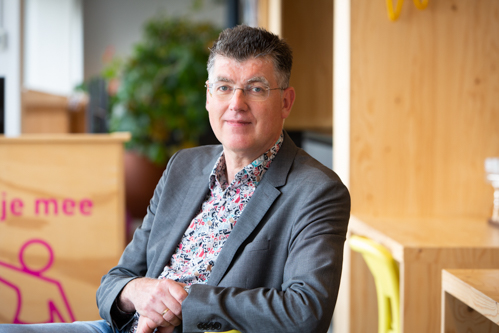Next Steps for Cultural Education
A chapter of the publication New Foundations for Cultural Education
Bijgewerkt op:
Gepubliceerd:
In this chapter, chapter 5 of the New Foundations for Cultural Education, you’ll find the actions and steps we can take for sustainable cultural education.
In chapter 4 we outline what we believe to be the ideal infrastructure for cultural education and its content.
Praat verder over dit onderwerp met deze expert(s):
 Bekijk alle experts
Bekijk alle experts

Ronald Kox (hij/hem/zijn)
Functie: Specialist Cultuureducatie
Expertise: curriculumontwikkeling
ronaldkox@lkca.nl
030 711 51 42
Reageer (je reactie verschijnt na goedkeuring, vanwege spam)